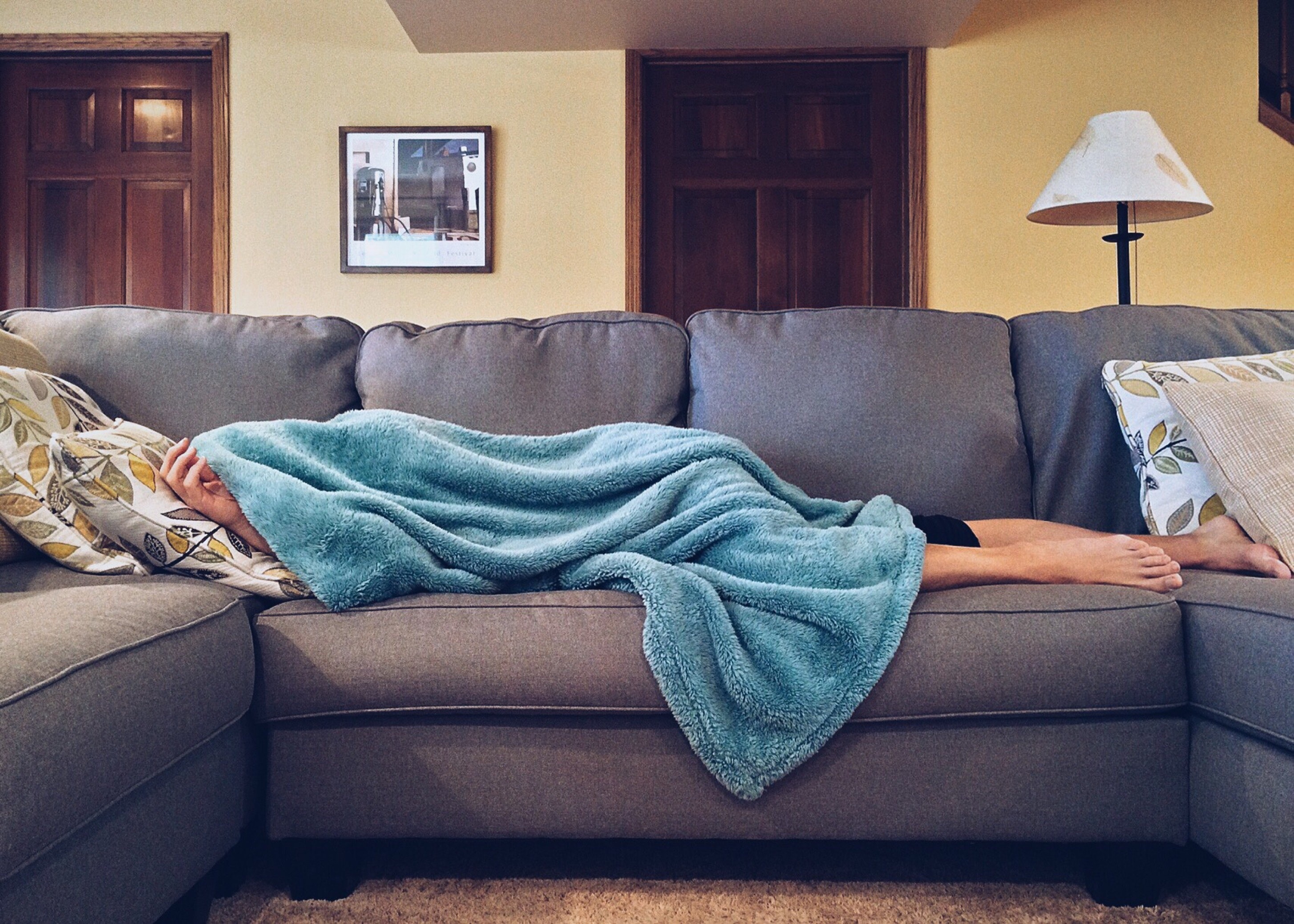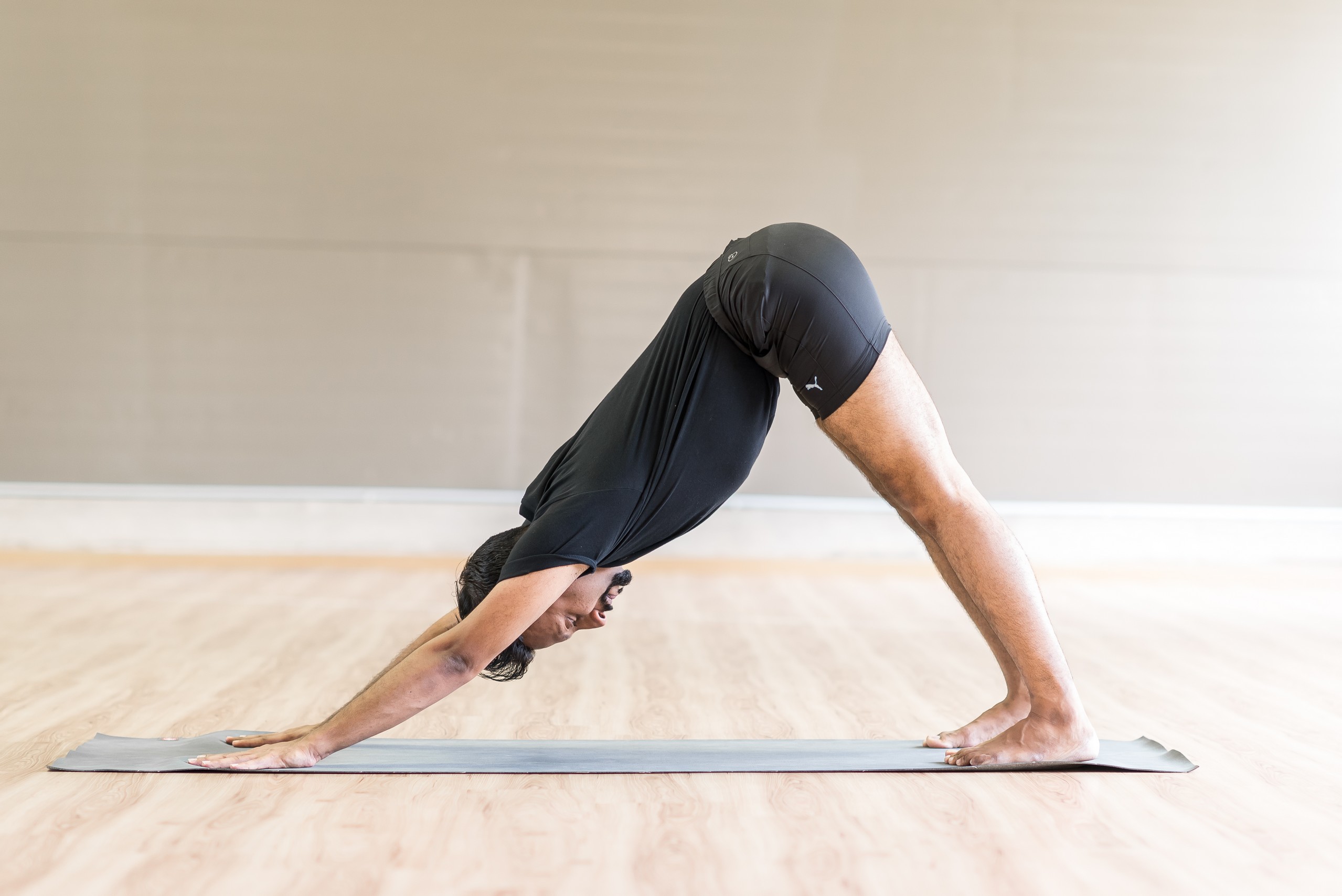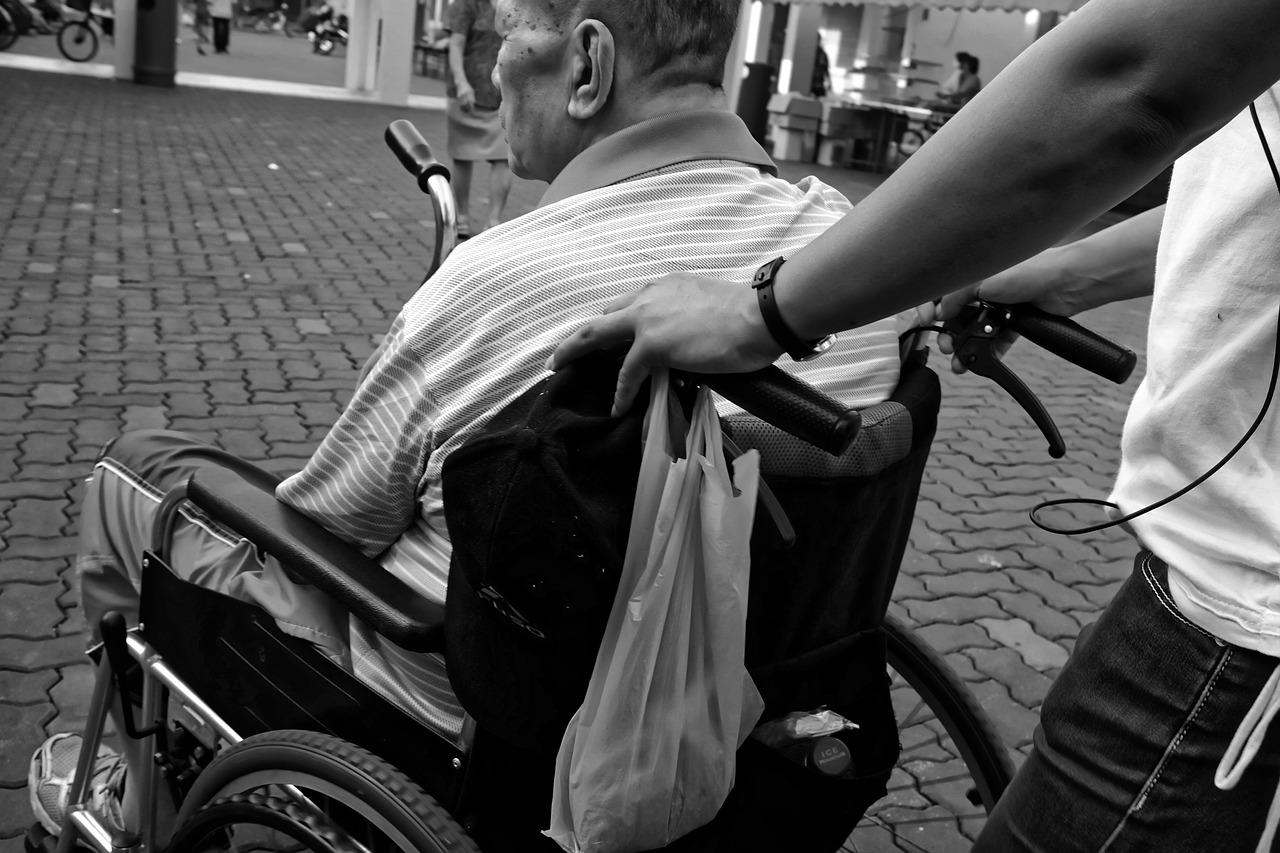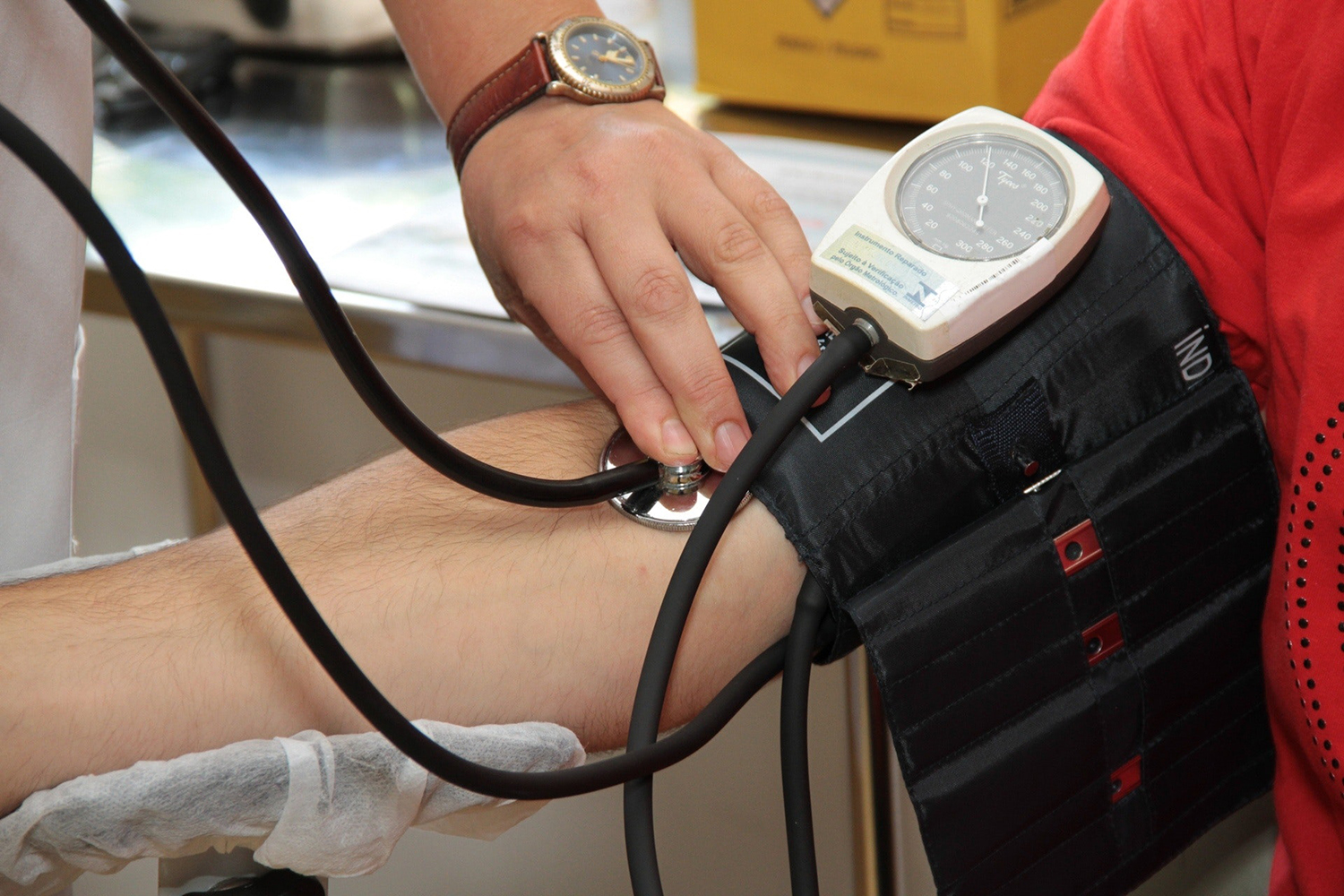
Have you ever noticed that when there’s a bug around your office, not everyone “gets” it?
Somebody is out for 10 days, someone else for a half day and some people don’t even get sidelined at all? Think about it. They’ve all been exposed to the same germ. So, why does this happen?
It probably happens for the exact same reason that some houses get knocked down in a hurricane and some remain still standing. Some houses are made of brick, steel and hurricane shutters while others are made of much flimsier materials. Which ones survive the storm and which ones don’t has everything to do with how well they were built. In the same way, if your immune system is well nourished and healthy, it will withstand challenges a lot better. Those of us lucky enough to not get sick stay healthy because our immune system is able to just bat the challenge aside, or at the very least, handle it and recover quickly. Remember, your health isn’t measured by whether or not you get the cold or cough; it’s measured by how well your body handles it if you do get it, and by how quickly your body recovers.
Nutritionist Jonny Bowden takes a whole-body approach to building immunity, which means immune-boosting foods (such as garlic) and supplements (such as Sambucol) to strengthen your immune system. At the first sign of a cold, he adds these supplements and foods:
-
- Zinc. Cells need this mineral to fight bacteria and viruses. Zinc is also important in the development of white blood cells, which are the immune system cells used to protect against infections. Your body does not store zinc, so we need to consume zinc daily during the cold season. If you do get sick, zinc might help shorten the length of your illness. Bowden recommends supplementing 15mg of zinc daily during “regular” times and 50mg daily at the first sign of a cold.
-
- Echinacea. This herb is used to fight the cold and other upper respiratory infections. Take it at the first sign of symptoms. It might keep the cold from developing or make symptoms less severe. Bowden states it is safe to supplement anywhere from 300-500mg three times a day.








